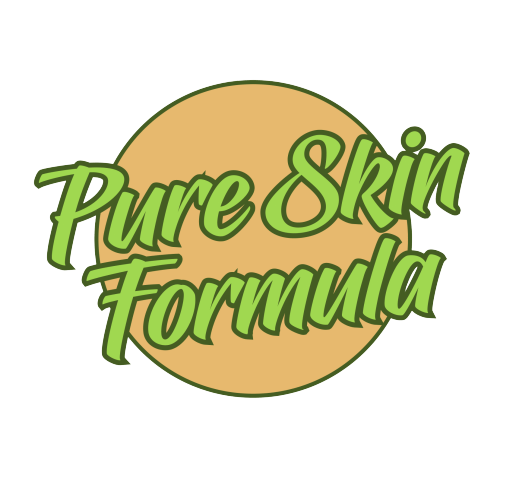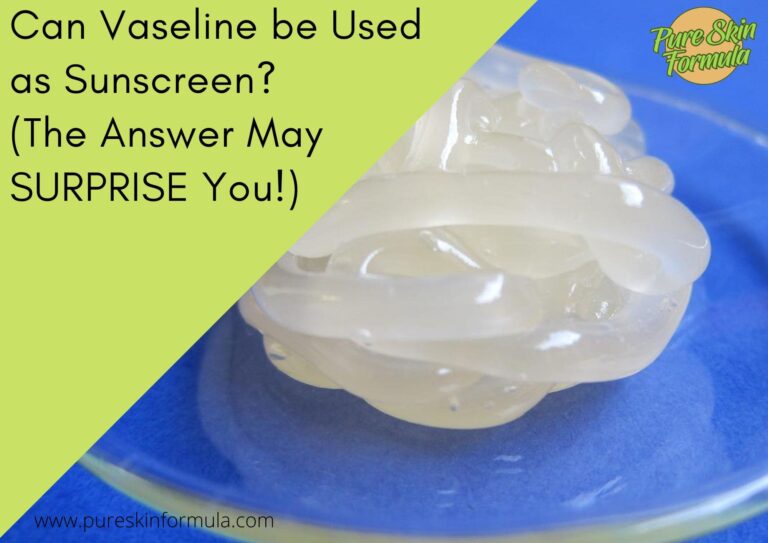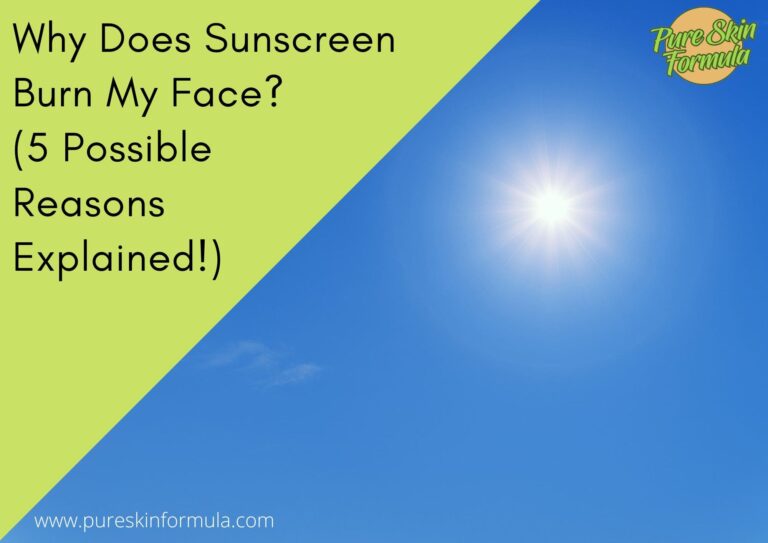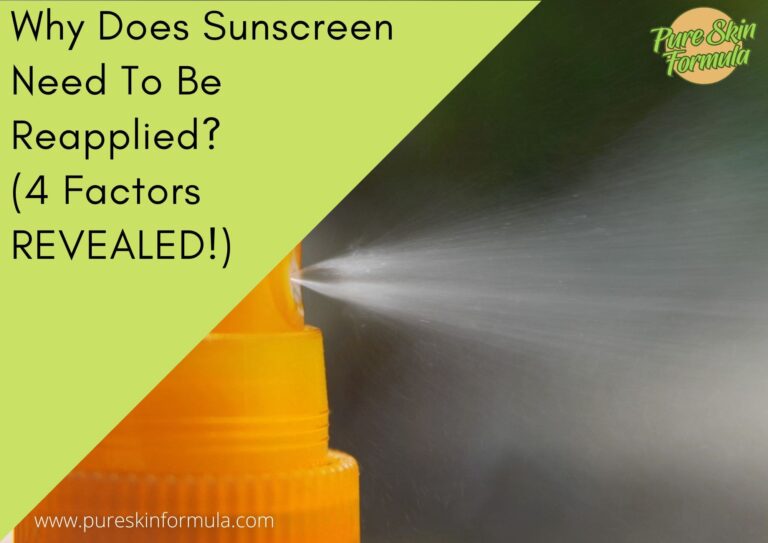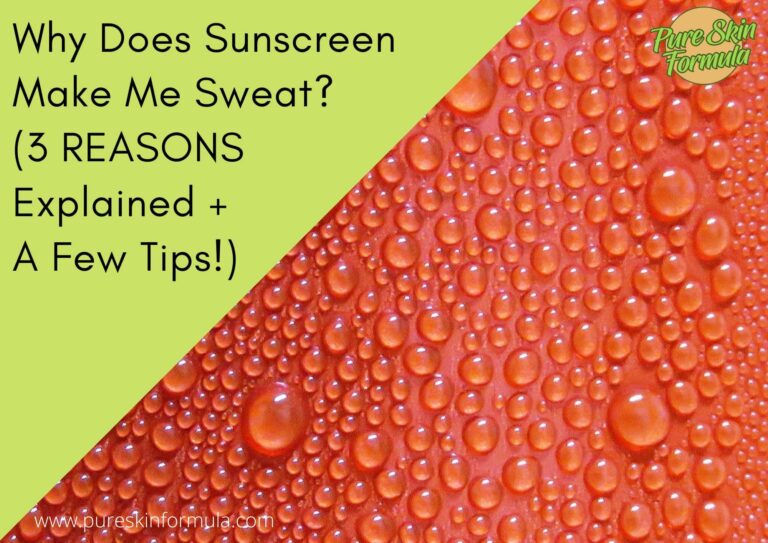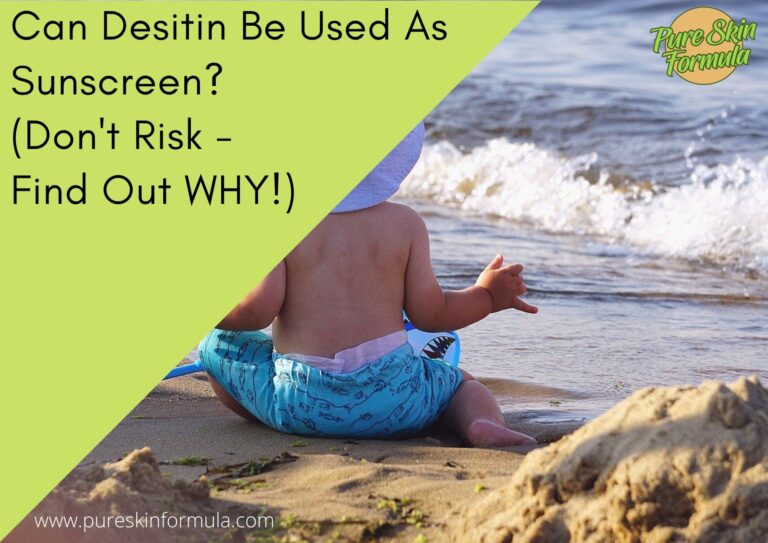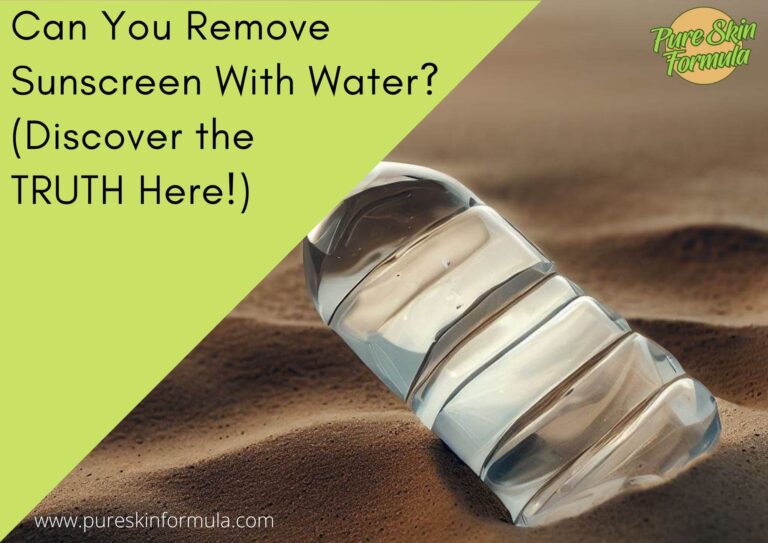Are you tired of struggling with stubborn sunscreen residue that won’t seem to come off? Look no further! In the realm of skincare, one product has been making waves for its seemingly magical cleansing abilities: micellar water.
Prepare to embark on a journey through the fascinating world of skincare science as we unravel the truth behind this fascinating phenomenon. From the captivating allure of micellar water to the intricacies of sunscreen removal, we will explore how micellar water tackles the challenge of sunscreen and reveals the secret to a squeaky-clean complexion.
Get ready to unlock the secrets of effective sunscreen removal and discover a new level of skincare satisfaction.
Can micellar water remove sunscreen?
Yes, micellar water can effectively remove sunscreen, but its efficacy may vary depending on the type of sunscreen and its water resistance. Micellar water is formulated with tiny micelles, oil-based cleansing molecules suspended in water. These micelles work like magnets, attracting and lifting dirt, oil, and impurities from the skin’s surface.
Micellar water can generally remove them exceptionally well for physical sunscreens, creating a protective barrier on the skin. However, when removing water-resistant and long-lasting chemical sunscreens, micellar water might face some challenges. These sunscreens are designed to adhere to the skin and resist water, making them more challenging to cleanse.
You can try the double cleansing method to enhance micellar water’s effectiveness in removing sunscreen. Use micellar water to remove the initial layer of sunscreen, followed by an oil-based cleanser to break down and remove any remaining residue thoroughly.
So, let’s dive in and explore the power of micellar water on our quest for sunscreen-free skin!
What is the mechanism behind the micellar water?
Micellar water is a skincare product that has gained popularity in recent years. So, what exactly is it? Well, it’s a gentle yet effective cleansing solution that typically consists of tiny oil-based molecules called micelles suspended in purified water. These micelles are like microscopic magnets that attract and capture dirt, oil, and impurities from the skin’s surface.
The composition of micellar water is what makes it unique. It doesn’t contain harsh detergents or alcohol that can strip the skin’s natural oils and cause dryness. Instead, it often includes hydrating ingredients like glycerin or aloe vera, which helps to maintain the skin’s moisture balance while cleansing.
The magic of micellar water lies in its mechanism of action. When you apply it to your skin, the micelles suspended in the solution are drawn to any dirt, oil, or makeup on the surface. The micelles surround them as they come into contact with these impurities, forming a spherical micelle.

The micelles’ hydrophilic (water-loving) heads face outwards, while the lipophilic (oil-loving) tails face inward. This unique arrangement allows the micelles to trap and dissolve oil-based substances like sebum, makeup, and other debris from the skin’s surface.
When you wipe away the micellar water with a cotton pad or cloth, it takes these impurities, leaving your skin feeling clean and refreshed.
One of the critical advantages of micellar water is its ability to remove makeup effectively. Whether wearing a full face of foundation or just a touch of mascara, micellar water can work wonders.
It gently breaks down and lifts makeup away without harsh rubbing or scrubbing, making it an excellent option for sensitive or easily irritated skin.
Additionally, micellar water offers convenience for everyday use. You don’t need to rinse it off, making it perfect when on the go or simply too tired for a complete skincare routine. It’s a quick and fuss-free way to cleanse your skin and remove makeup, all in one step.
Moreover, micellar water is often formulated with hydrating ingredients, which can boost moisture to the skin while cleansing. This makes it suitable for various skin types, including dry skin, as it doesn’t leave your skin feeling stripped or tight.
How adequate is micellar water in removing sunscreen?
When removing sunscreen, surfactants play a crucial role in micellar water. They are the key ingredients that break down oils and dirt, allowing them to be washed away. The surfactants surround and encapsulate impurities, including sunscreen, in the micelles.
The surfactants in micellar water have a unique affinity for oil-based substances, such as the oils and waxes commonly found in sunscreen formulations. This interaction helps micelles attract and remove sunscreen from the skin’s surface.
Can micellar water effectively remove physical sunscreen?
Physical sunscreens, often containing ingredients like zinc oxide or titanium dioxide, create a protective barrier on the skin. Micellar water can generally remove physical sunscreen quite well. The surfactants in micellar water work to dissolve and lift away the physical particles, leaving your skin clean.
What about water-resistant and long-lasting chemical sunscreens?
Water-resistant and long-lasting chemical sunscreens present a challenge when it comes to removal. These sunscreens are specifically designed to adhere to the skin and resist water, which makes them hard to cleanse. While micellar water can still play a role in removing these sunscreens, it may require more effort and additional steps.
How to enhance micellar water’s efficacy?
Look for micellar water formulated explicitly for removing makeup and sunscreen. These often contain a higher concentration of surfactants to dissolve and lift away sunscreen particles effectively.
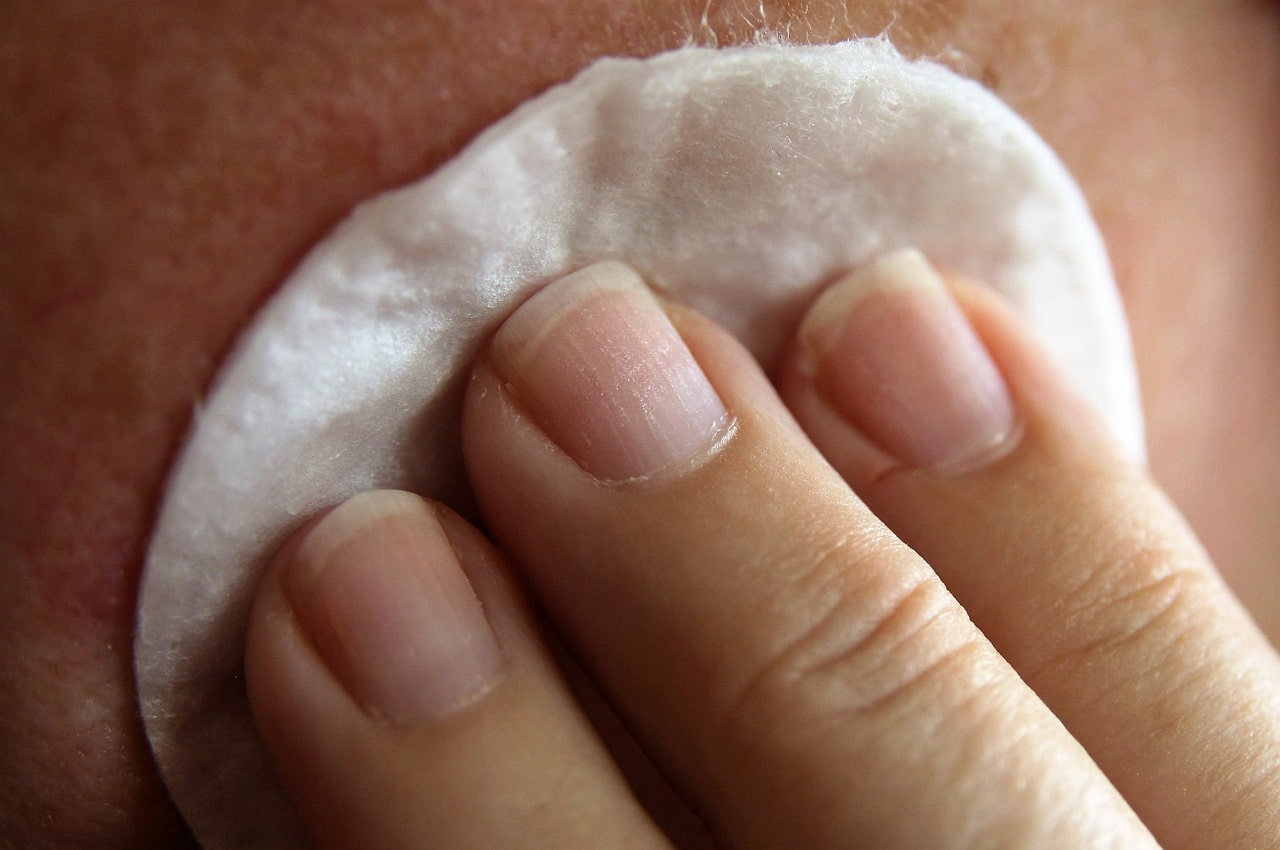
Make sure to saturate the cotton pad with enough micellar water. This allows the product to work effectively without drying out too quickly.
When using micellar water, be gentle with your motions. Avoid harsh rubbing or tugging on the skin. Instead, gently swipe the saturated cotton pad over the sunscreen-covered areas. Take your time to ensure thorough coverage.
Consider incorporating the double cleansing method to achieve a more thorough sunscreen removal. This method uses micellar water as the first step, followed by an oil-based cleanser.
Use micellar water to remove the initial layer of sunscreen. After that, use an oil-based cleanser. It will help break down any remaining sunscreen residue, including the water-resistant or long-lasting types. Massage the cleanser gently into the skin, allowing it to dissolve the sunscreen effectively. Rinse thoroughly with water.
What if more than micellar water is needed?
If you’re looking for an alternative to micellar water for sunscreen removal, oil-based cleansers are a great option.
They typically contain a blend of nourishing oils such as jojoba, argan, or coconut oil. These oils attract and break down the oils and waxes found in sunscreen formulations. Massaging the oil-based cleanser onto your skin helps emulsify and lift away the sunscreen, leaving your skin clean and refreshed.
The great thing about oil-based cleansers is that they provide thorough cleansing without stripping your skin of natural oils. They’re gentle and effective, making them suitable for various skin types, including dry, sensitive, or acne-prone skin.
Cream cleansers offer another alternative for sunscreen removal. They have a creamy and luxurious texture that feels soothing while effectively removing sunscreen and other impurities.
Cream cleansers usually contain a combination of moisturizing ingredients, such as shea butter or ceramides, along with cleansing agents. They work by gently dissolving and lifting away sunscreen without leaving your skin feeling dry or tight.
Gel or foam cleansers are popular alternatives to micellar water for those who prefer a refreshing and deep cleansing experience. They come in a gel or foam texture, which creates a light and airy lather when mixed with water.
Gel or foam cleansers typically contain mild surfactants that remove sunscreen without stripping the skin. They work by emulsifying the oils and dirt, allowing them to be easily rinsed away.
Consequences of inadequate sunscreen removal
Please remove sunscreen thoroughly to avoid several consequences. One major issue is the accumulation of sunscreen residue on the skin.
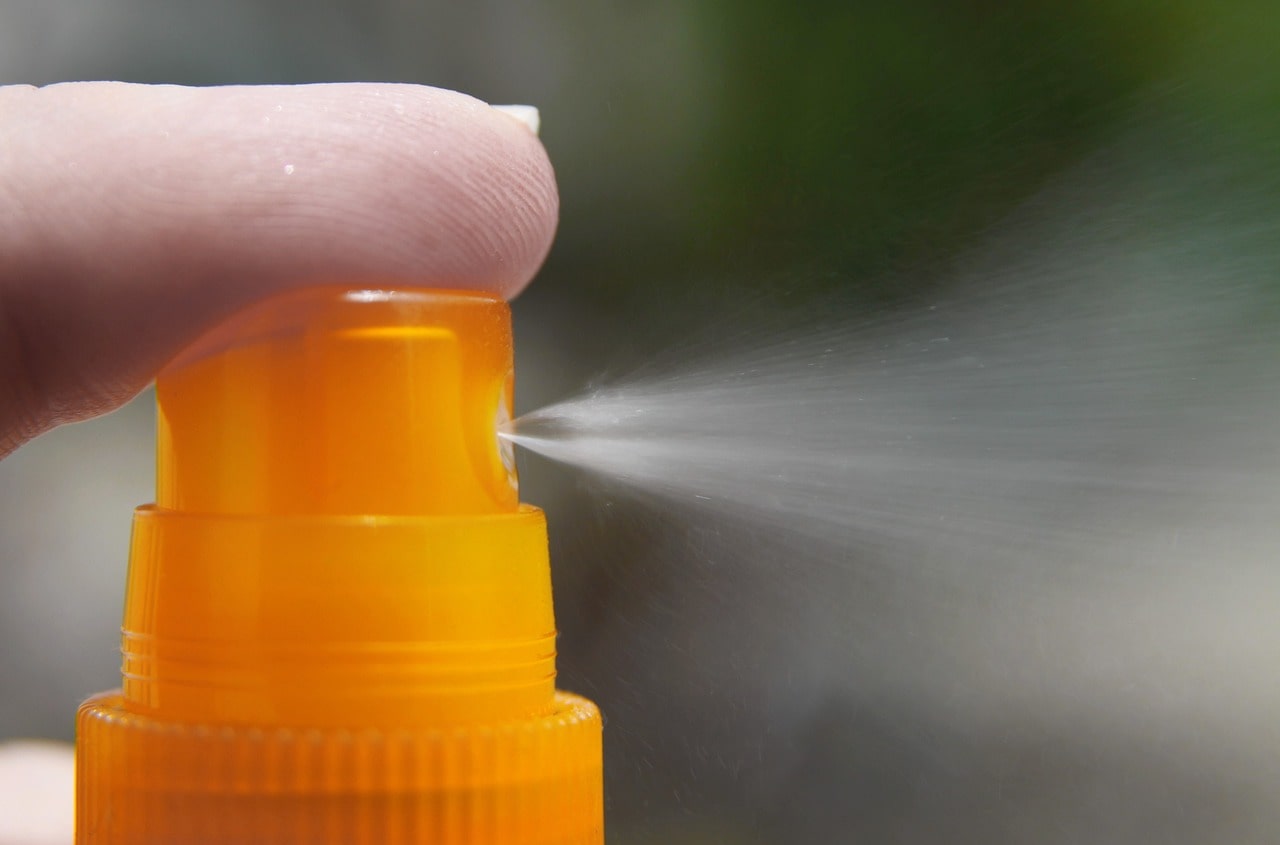
This residue can mix with sweat, dirt, and other impurities, clogging pores and potentially leading to breakouts or acne.
Sunscreen ingredients, especially those in long-lasting or water-resistant formulations, can create a barrier on the skin if not adequately removed.
This barrier can hinder the skin’s natural processes, such as shedding dead skin cells, resulting in a dull and lackluster complexion over time.
Proper sunscreen removal is vital for avoiding potential adverse reactions and skin irritations. Sunscreen formulas often contain various ingredients, including fragrances, preservatives, and chemical filters, which can cause sensitivities or allergies in some people.
To wrap it up
Micellar water has proven to be a valuable asset in skincare, offering a gentle yet effective cleansing experience. Its unique composition and surfactant properties make it adept at lifting away sunscreen particles, leaving your skin clean and refreshed.
It is important to note that certain types of sunscreen, like water-resistant or long-lasting formulations, may require additional cleansing methods for complete removal.
You can ensure a thorough and satisfying sunscreen removal routine by incorporating techniques like double cleansing, specialized sunscreen removers, or oil-based cleansers.
So, embrace the power of micellar water and bid farewell to lingering sunscreen worries as you embark on a journey towards healthier, happier skin.
Thank you for reading!
Valeria
